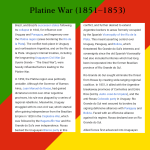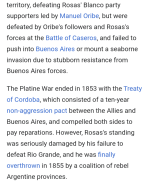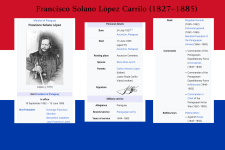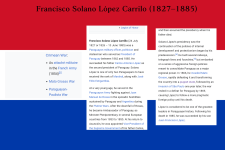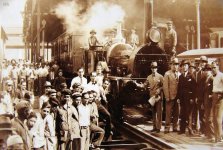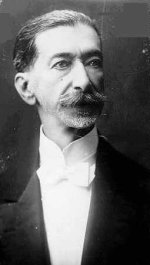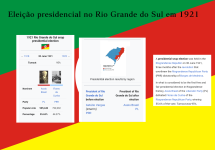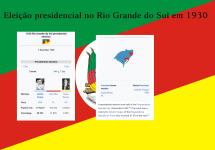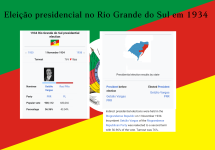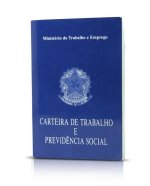NotDavidSoslan
Active member
Dom Pedro II was never crowned emperor of Brazil, since the country dissolved de facto on 15 January 1843, almost one year before he turned 18.
Instead, he became emperor of Rio de Janeiro and Espírito Santo, the only two provinces that remained loyal to the House of Braganza. He was a constitutional monarch, with the actual leader being Nicolau de Campos Vergueiro, who faced a naval blockade from Britain and was forced to abolish the slave trade.
The strongest countries that arose out of the dissolved Brazil were São Paulo, Minas Gerais, Rio Grande do Sul and Bahia, the first two ruled by Rafael Tobias de Aguiar and Teófilo Ottoni, respectively, both classical liberals who priorized the interests of planters born in Brazil. Tobias de Aguiar was married to Domitila de Castro, the infamous mistress of Dom Pedro I, who thus became First Lady.
Bento Gonçalves remained the president of Rio Grande do Sul until his death in 1847, creating a national bank, unicameral legislature, national constitution (which set up a presidential authoritarian system, even with the superficial similarity to the US Constitution), and merchant fleet based on the Lagoa dos Patos. He also obtained international recognition for Rio Grande do Sul, and got the backing of Britain and France against Rosas. High tariffs on foreign products were maintained. Gonçalves died on 18 July 1847, and was succeeded by Antônio de Sousa Neto, who ruled until 1866 and built the first railways and telegraph lines in Rio Grande, while continuing the protectionist policies of his predecessor.
After Rio Grande do Sul became independent, it faced a streak of autocratic rule that lasted, with a few breaks, until 1921, when Borges de Medeiros, successor to Júlio de Castilhos, was overthrown in a revolution and fled into exile in São Paulo. That same year, Raul Pilla was elected President for the Liberator Party, which advocated for classical liberalism and congressional over presidential prerrogatives.
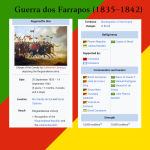

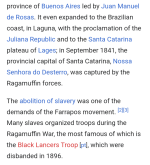
Instead, he became emperor of Rio de Janeiro and Espírito Santo, the only two provinces that remained loyal to the House of Braganza. He was a constitutional monarch, with the actual leader being Nicolau de Campos Vergueiro, who faced a naval blockade from Britain and was forced to abolish the slave trade.
The strongest countries that arose out of the dissolved Brazil were São Paulo, Minas Gerais, Rio Grande do Sul and Bahia, the first two ruled by Rafael Tobias de Aguiar and Teófilo Ottoni, respectively, both classical liberals who priorized the interests of planters born in Brazil. Tobias de Aguiar was married to Domitila de Castro, the infamous mistress of Dom Pedro I, who thus became First Lady.
Bento Gonçalves remained the president of Rio Grande do Sul until his death in 1847, creating a national bank, unicameral legislature, national constitution (which set up a presidential authoritarian system, even with the superficial similarity to the US Constitution), and merchant fleet based on the Lagoa dos Patos. He also obtained international recognition for Rio Grande do Sul, and got the backing of Britain and France against Rosas. High tariffs on foreign products were maintained. Gonçalves died on 18 July 1847, and was succeeded by Antônio de Sousa Neto, who ruled until 1866 and built the first railways and telegraph lines in Rio Grande, while continuing the protectionist policies of his predecessor.
After Rio Grande do Sul became independent, it faced a streak of autocratic rule that lasted, with a few breaks, until 1921, when Borges de Medeiros, successor to Júlio de Castilhos, was overthrown in a revolution and fled into exile in São Paulo. That same year, Raul Pilla was elected President for the Liberator Party, which advocated for classical liberalism and congressional over presidential prerrogatives.







